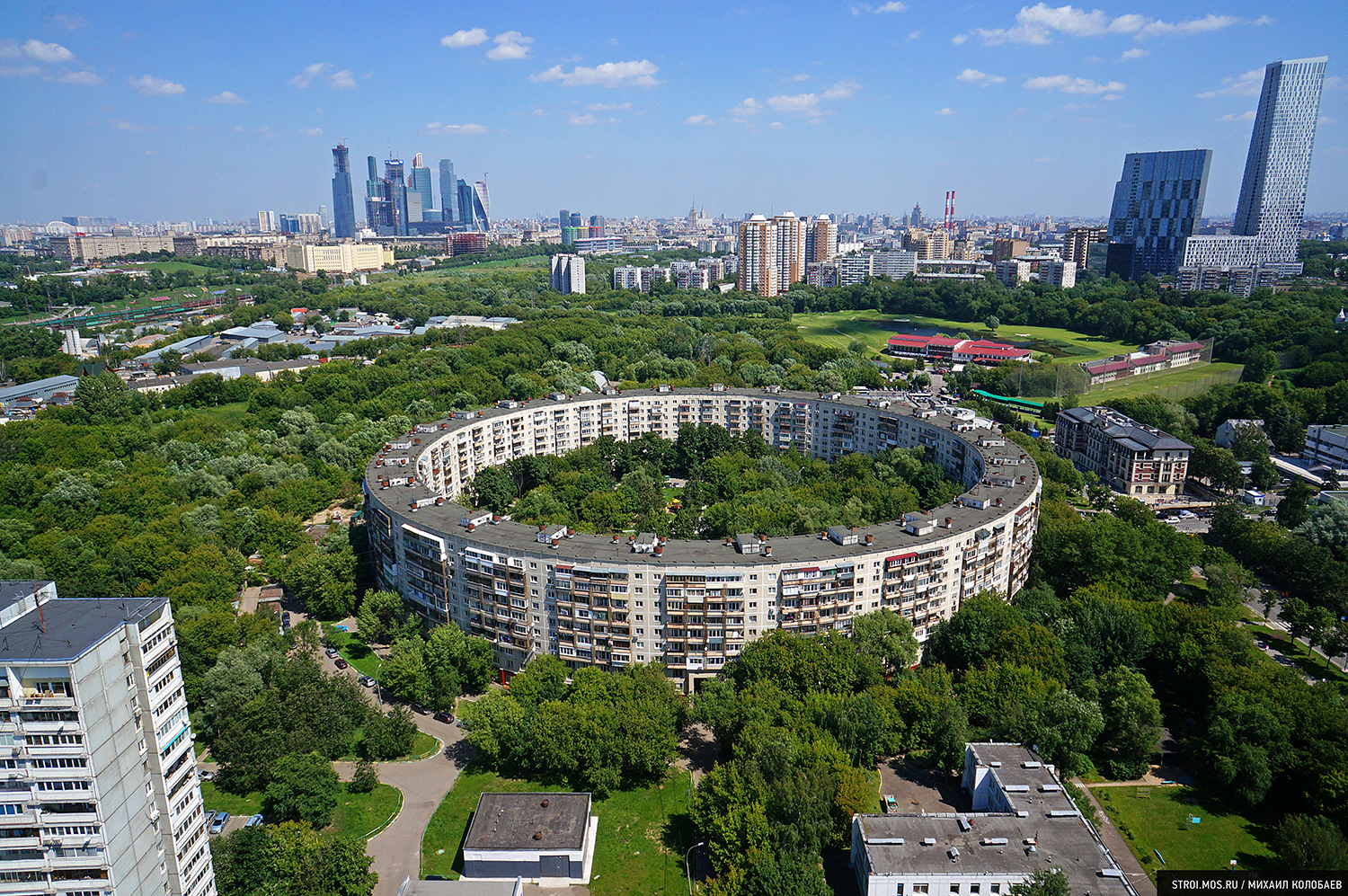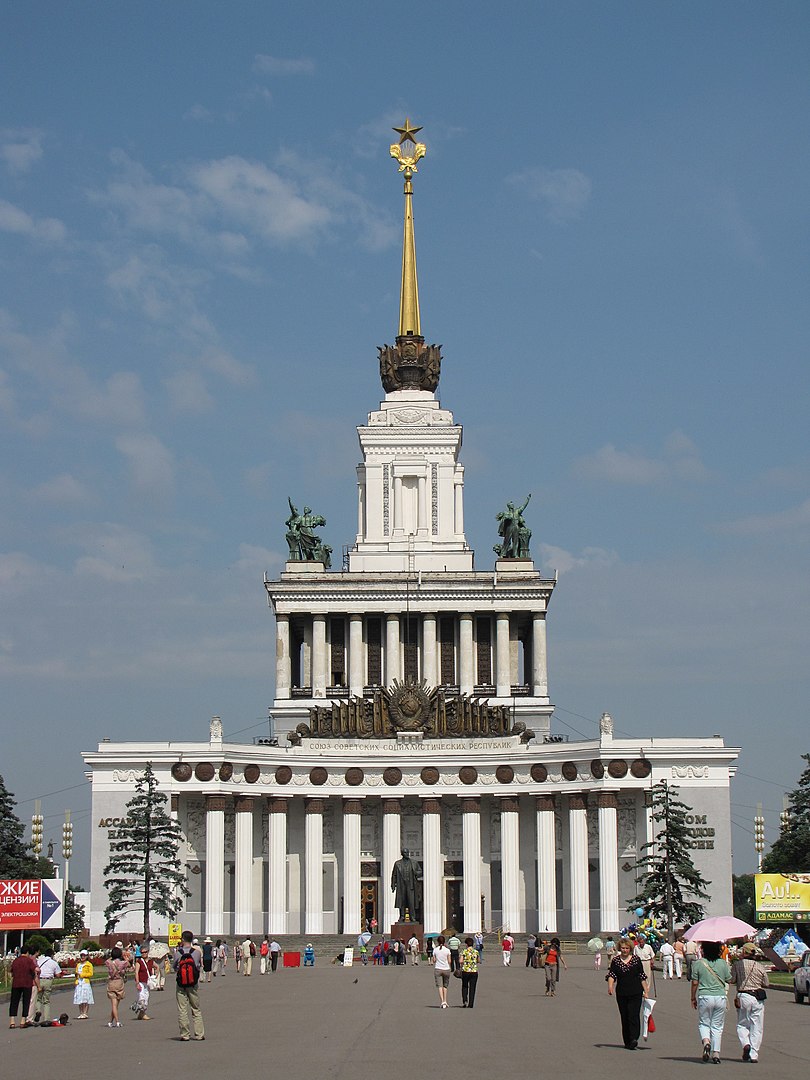
All Russia Exhibition Centre
Post-war architecture in Russia, particularly after World War II, is characterized by distinct phases and styles that reflect the changing political, economic, and social landscape of the Soviet Union. Here’s an overview of the key architectural trends and developments:
- Stalinist Architecture (Late 1940s – Early 1950s)
- Monumentality and Grandeur: Post-war Stalinist architecture is known for its monumental scale and grandiose style. The buildings were designed to convey the power and stability of the Soviet state.
- Neo-Classical Elements: This period saw the use of classical elements like columns, porticos, and ornate facades, blending them with Soviet symbolism.
- Seven Sisters: The most famous examples are the “Seven Sisters,” a group of skyscrapers in Moscow, which include the Moscow State University building and the Ministry of Foreign Affairs. These buildings are characterized by their tall, central spires and ornate detailing.
- Khrushchev Era and the Move to Functionalism (Mid 1950s – 1960s)
- Rejection of Excessive Ornamentation: With Khrushchev’s rise to power, there was a significant shift away from the opulence of Stalinist architecture. The focus moved towards functionality, cost-efficiency, and mass housing.
- Mass Housing Projects (Khrushchyovkas): Prefabricated, low-cost apartment buildings known as “Khrushchyovkas” became widespread. These buildings were simple, utilitarian, and designed to quickly address the post-war housing shortage.
- Industrialization of Construction: The architecture of this era emphasized the industrialization of construction, using prefabricated panels and standard designs to rapidly build residential complexes.
- Brezhnev Era and the Evolution of Soviet Modernism (1960s – 1980s)
- Standardization and Uniformity: During the Brezhnev era, the focus on mass production continued, but with a greater emphasis on uniformity and standardization. Large residential complexes became even more common.
- Soviet Modernism: The architecture during this period also saw the emergence of Soviet Modernism, which incorporated international modernist trends but adapted them to Soviet needs. The style is characterized by clean lines, minimal ornamentation, and the use of modern materials like concrete and glass.
- Public Buildings and Cultural Institutions: While residential architecture became increasingly uniform, public buildings, such as sports complexes, theaters, and government offices, often featured more innovative designs that reflected modernist trends.
- Late Soviet Period and the Transition to Post-Soviet Architecture (1980s – 1990s)
- Architectural Experimentation: Towards the end of the Soviet era, there was more architectural experimentation, with some architects exploring new forms and materials. However, economic constraints often limited the realization of these designs.
- Transition to Post-Soviet Architecture:** The late 1980s and early 1990s marked the beginning of a transition as Soviet architecture gave way to the new architectural trends of post-Soviet Russia. This period saw a mix of styles, including the continuation of Soviet modernism, the revival of historic styles, and the influence of Western architecture.
- Post-Soviet Architecture (1990s – Present)
- Diverse Styles: The collapse of the Soviet Union led to a more diverse architectural landscape in Russia, with influences from global trends. Post-modernism, high-tech architecture, and the revival of traditional Russian styles have all played a role.
- Commercial and Residential Developments:** In the post-Soviet era, there has been a boom in commercial and residential developments, particularly in major cities like Moscow and St. Petersburg. Skyscrapers and luxury developments have become increasingly common.
- Preservation and Restoration: There has also been a growing interest in preserving and restoring historic buildings, particularly those from the pre-revolutionary and Soviet periods.
Book houses at new arbat
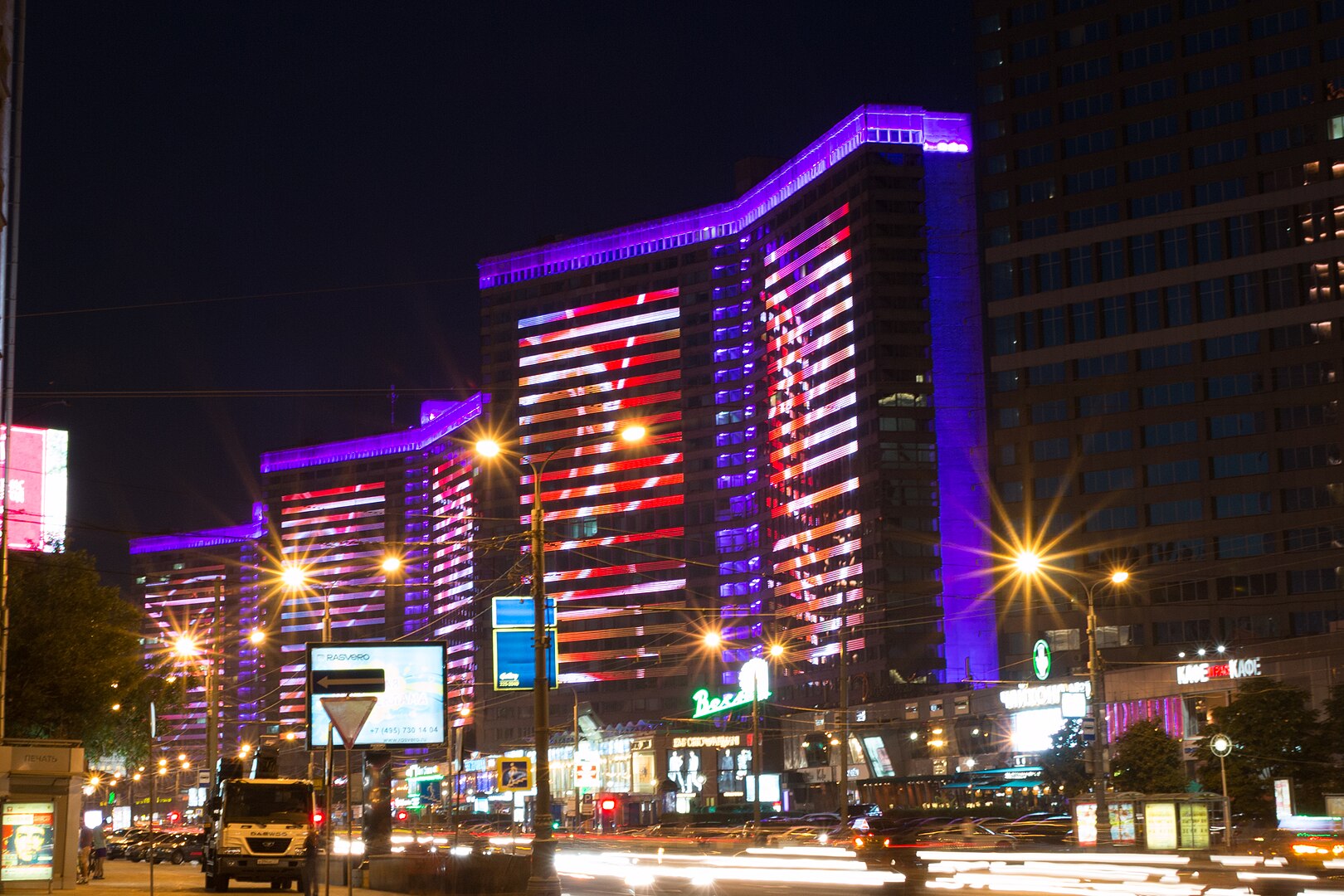
General’s house at
Smolenskaya Embarkment
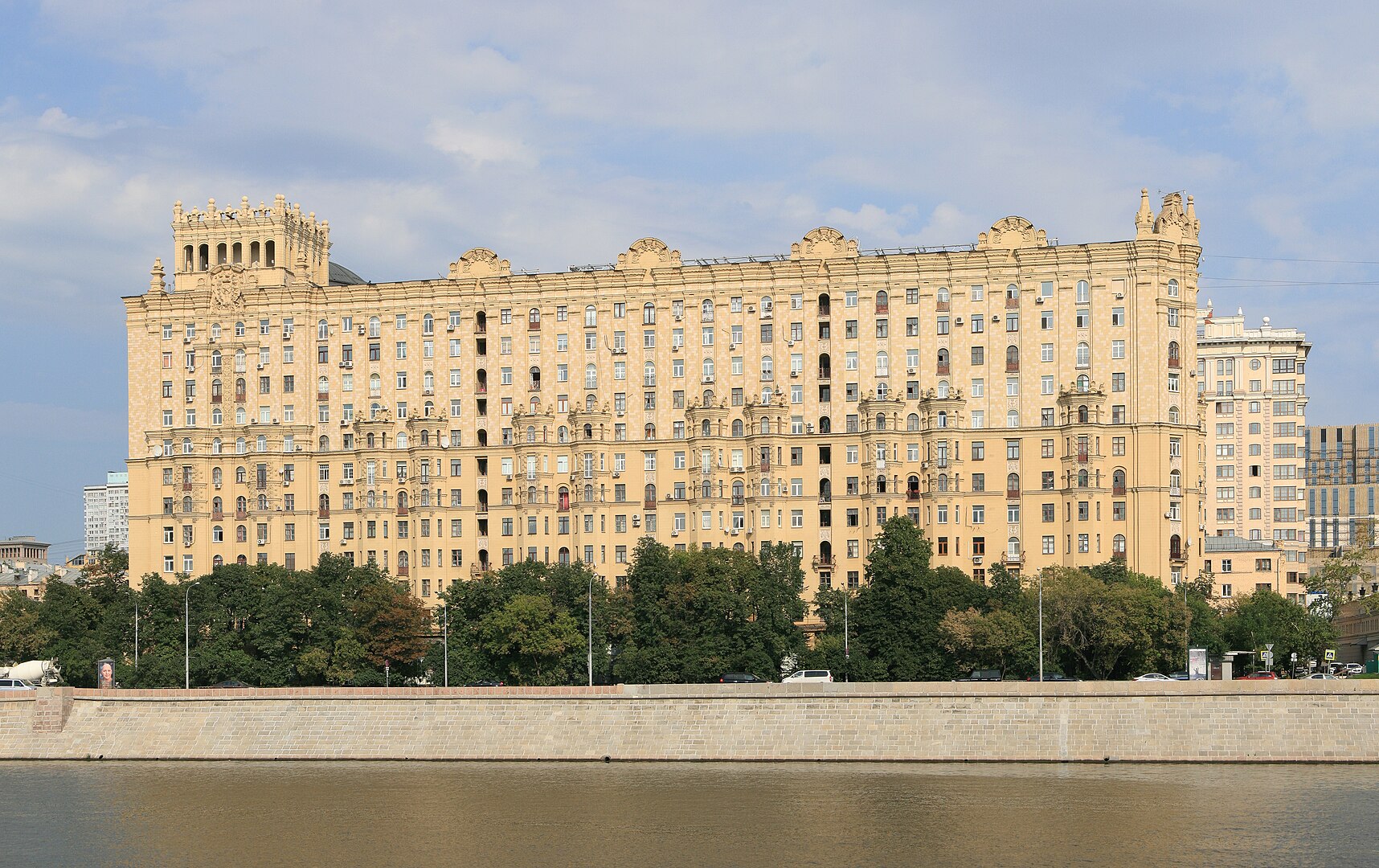
Guest House on Kosmodamianskaya
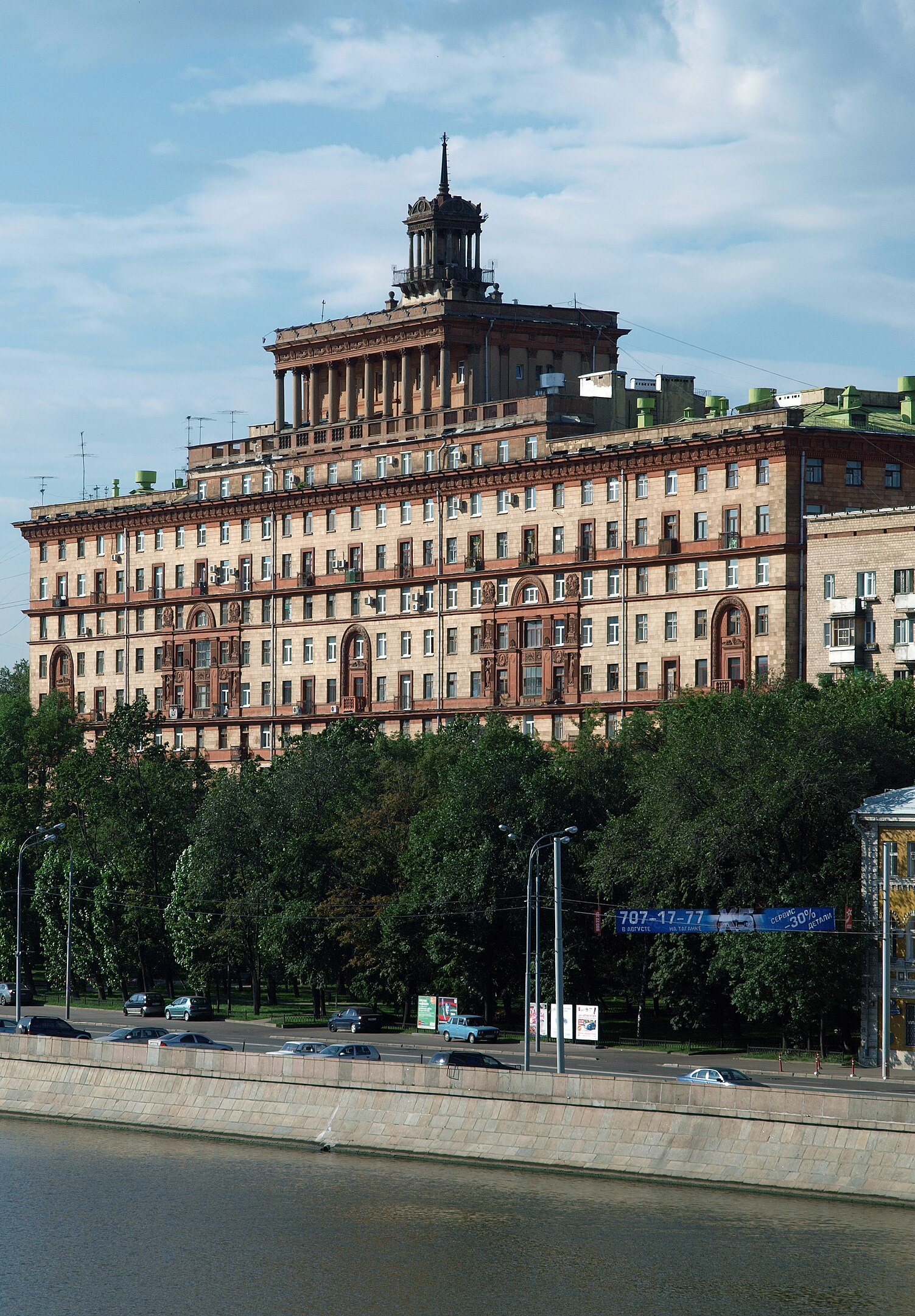
House of Soviets
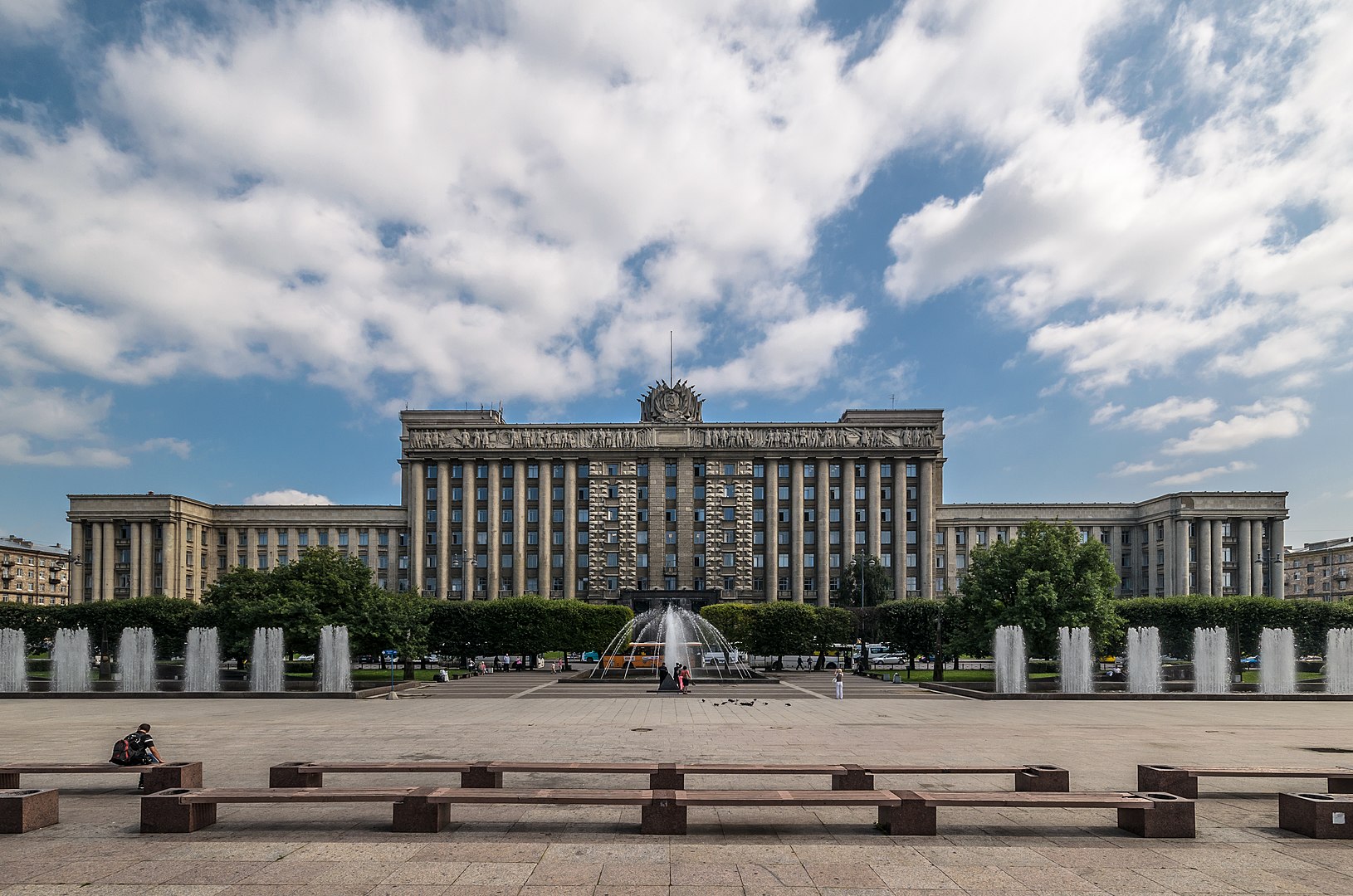
House of MGB Workers
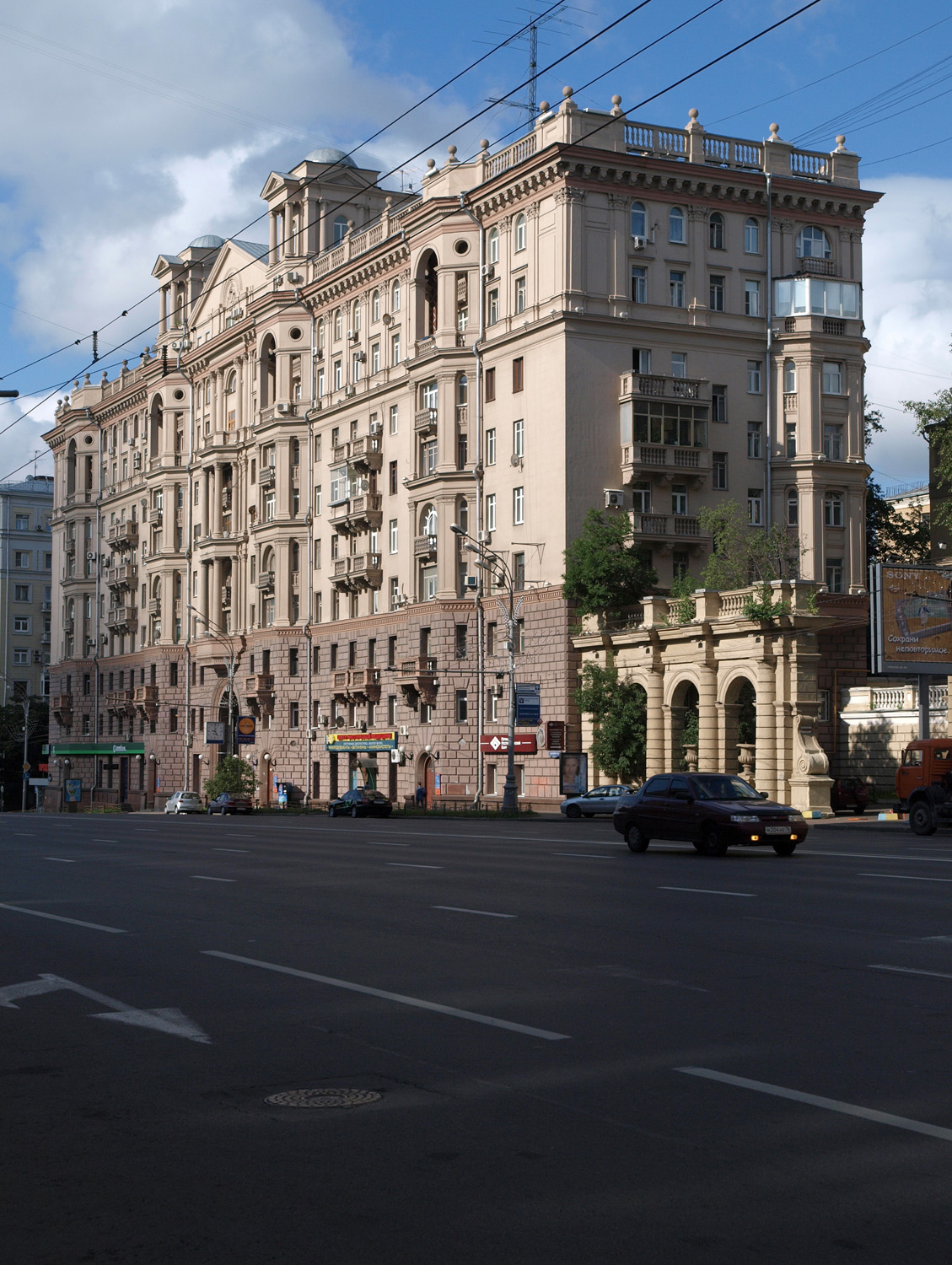
Housing the university
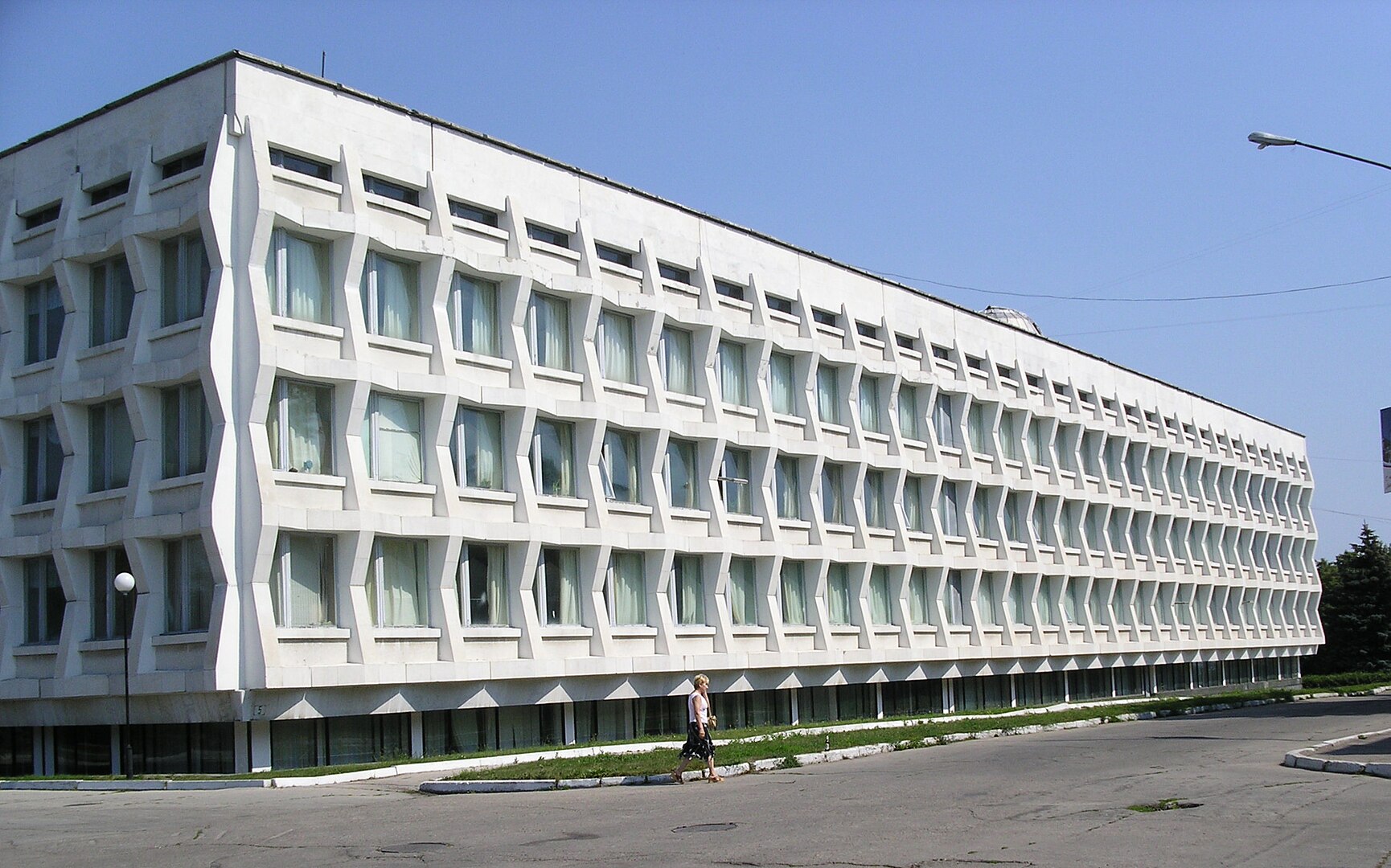
Main Building of the Ministry of Defence
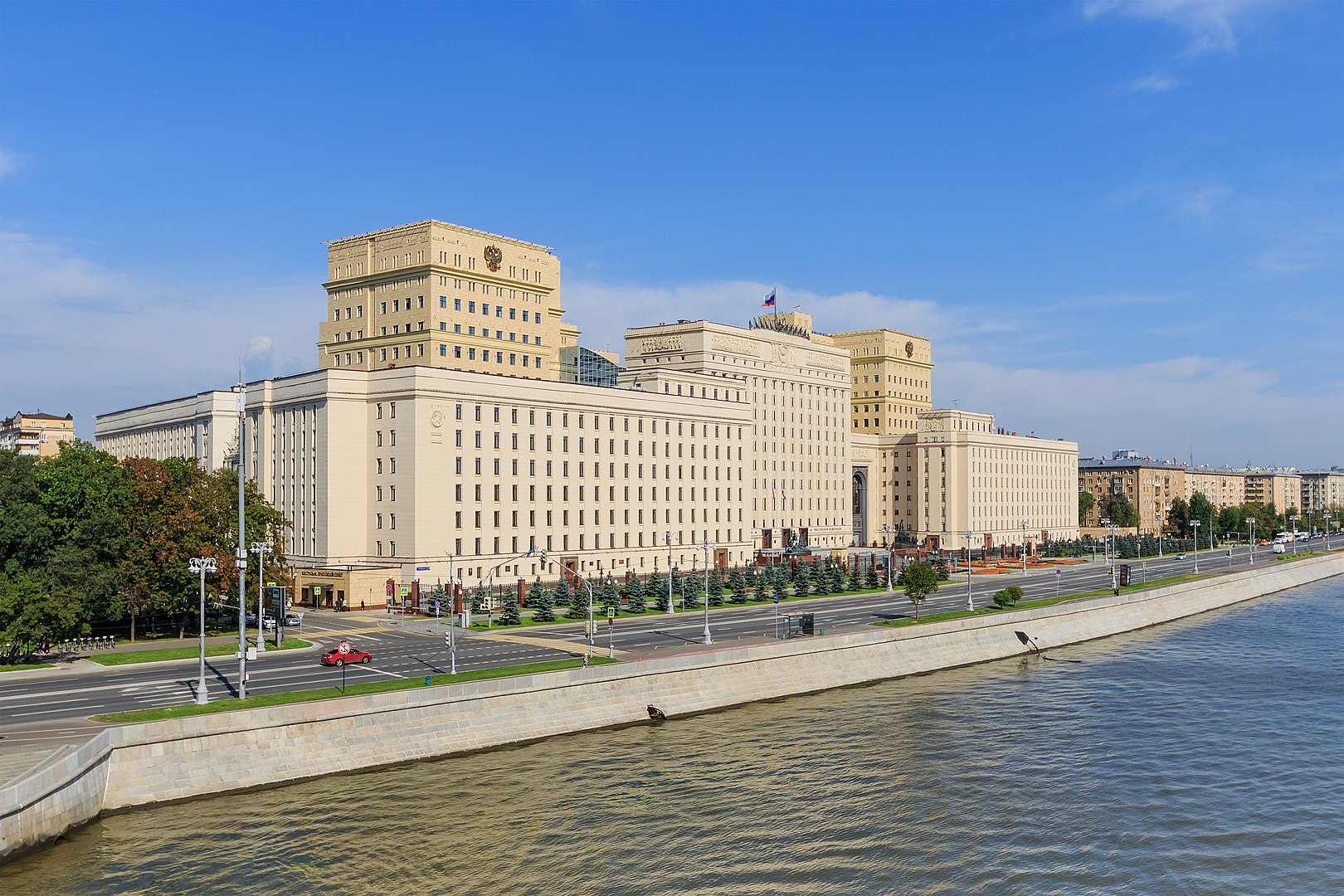
Minsk Gate
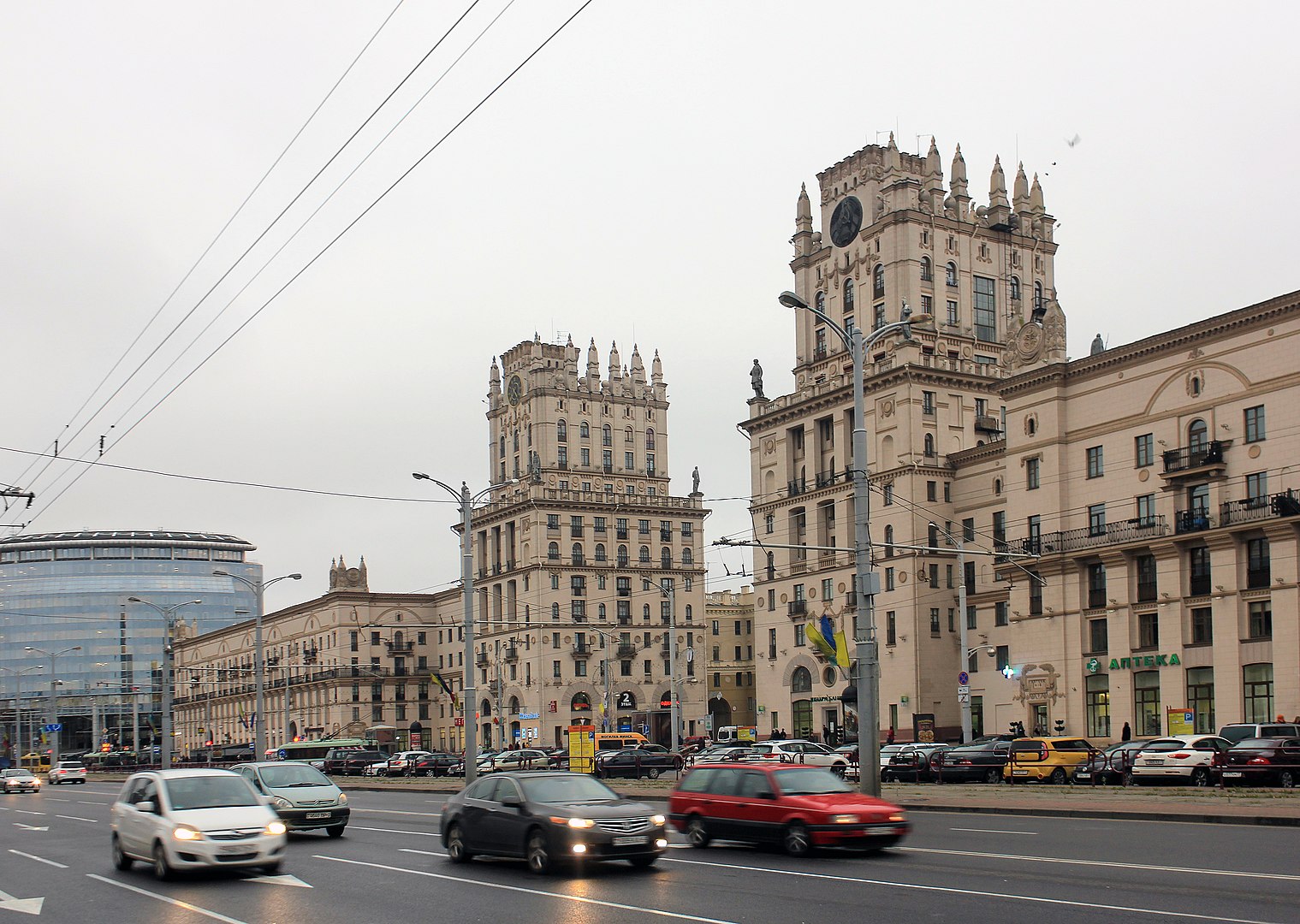
Moscow State Univty Main Building
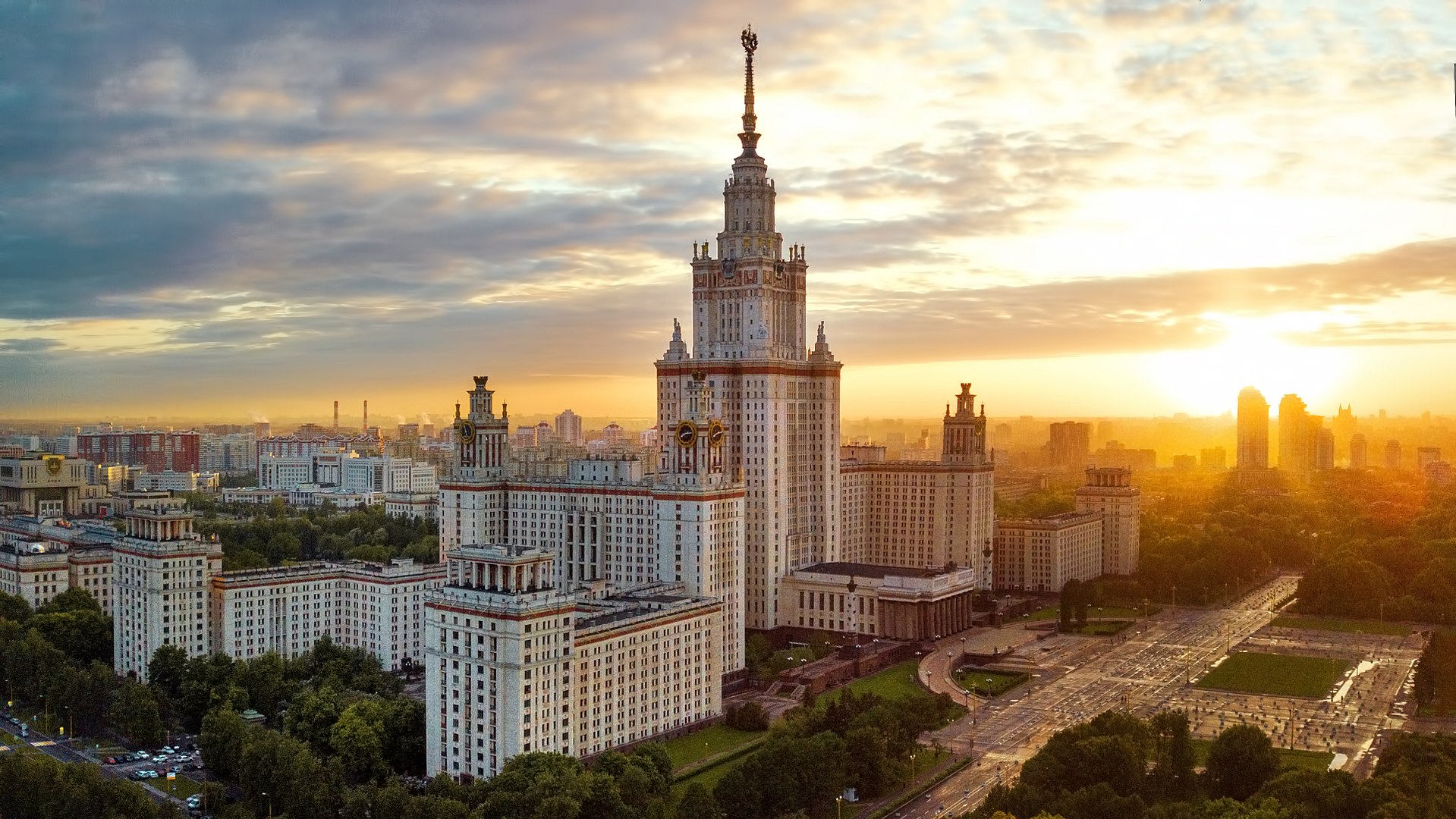
Moscow White House
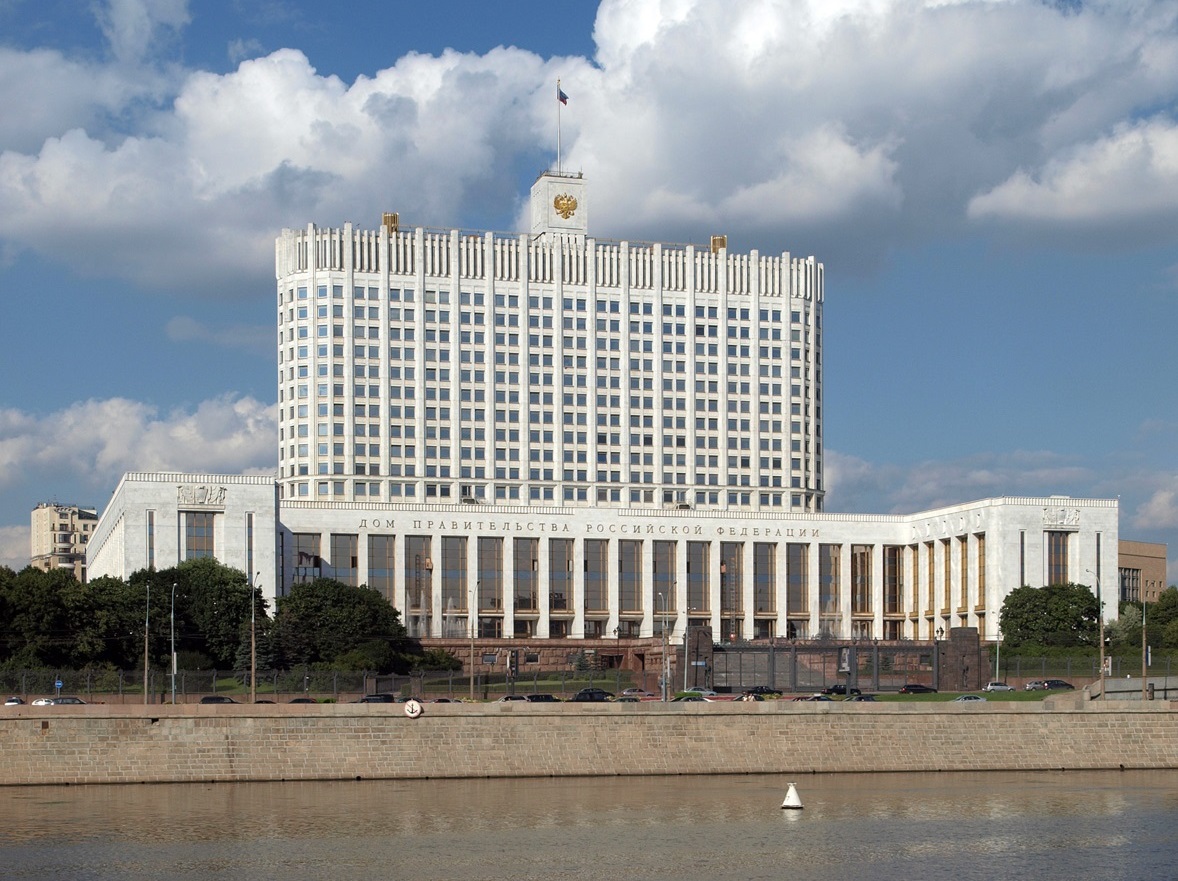
Novosibirsk Opera and ballet Theatre
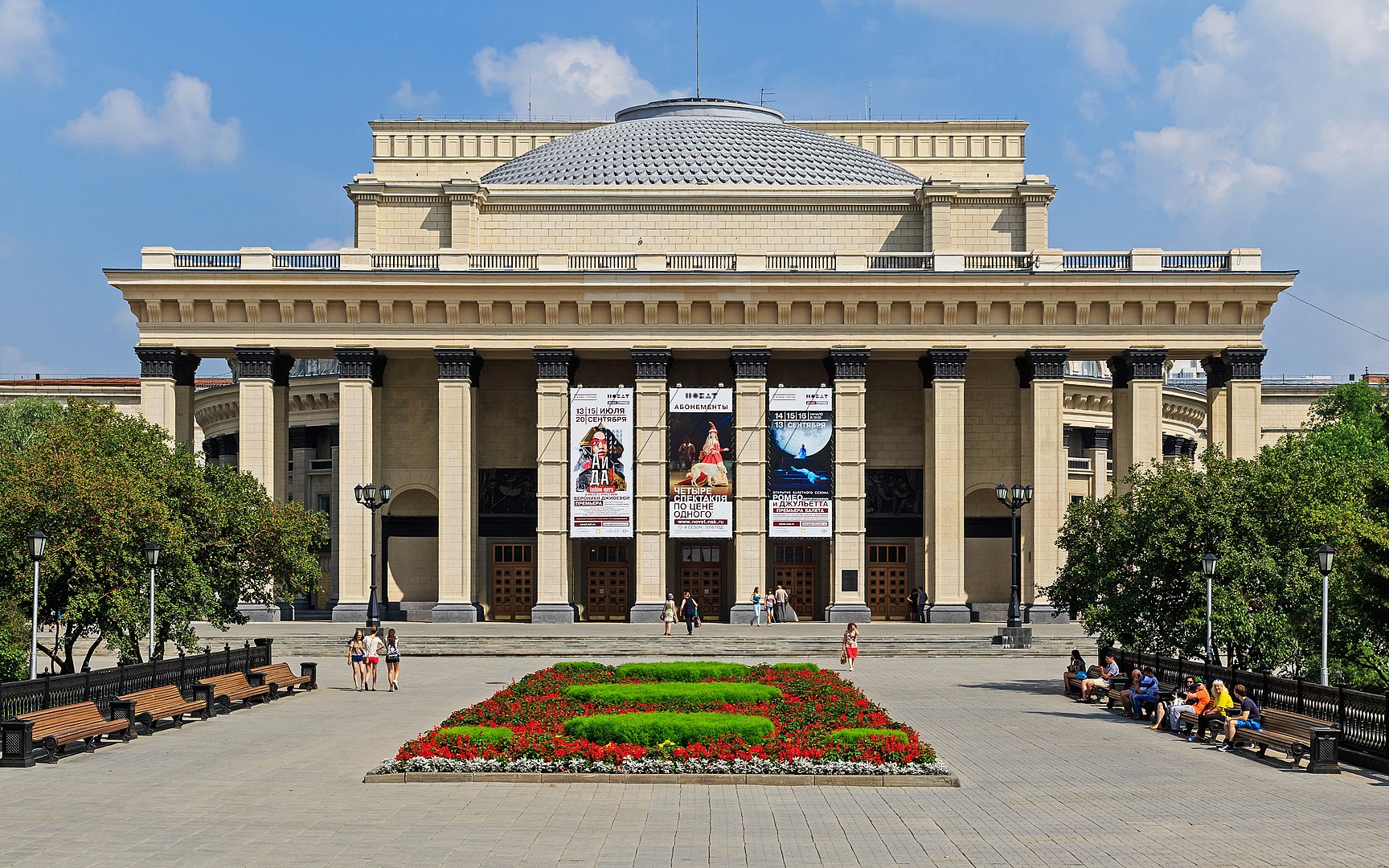
Openwork House
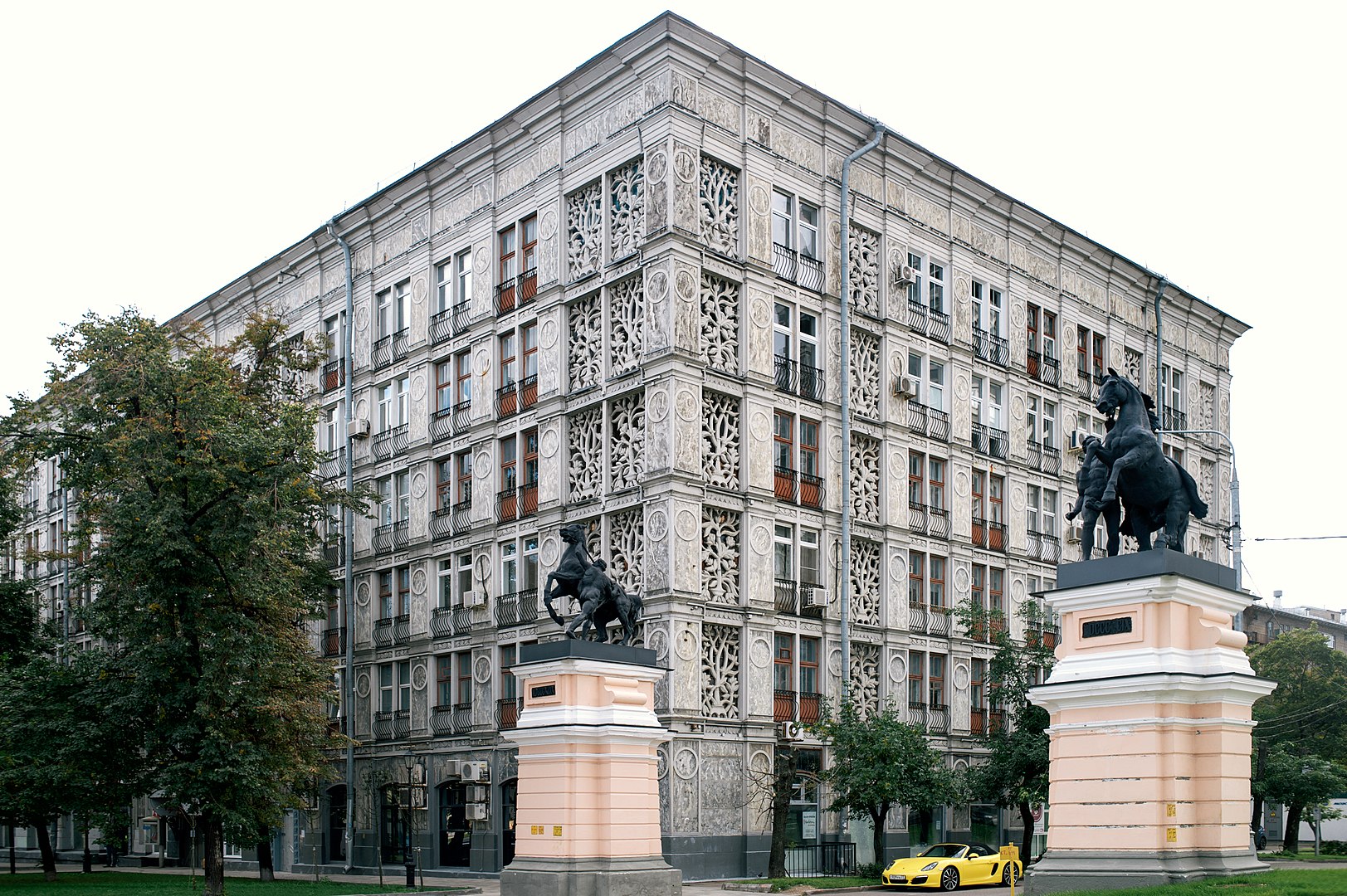
Ostankino Tower
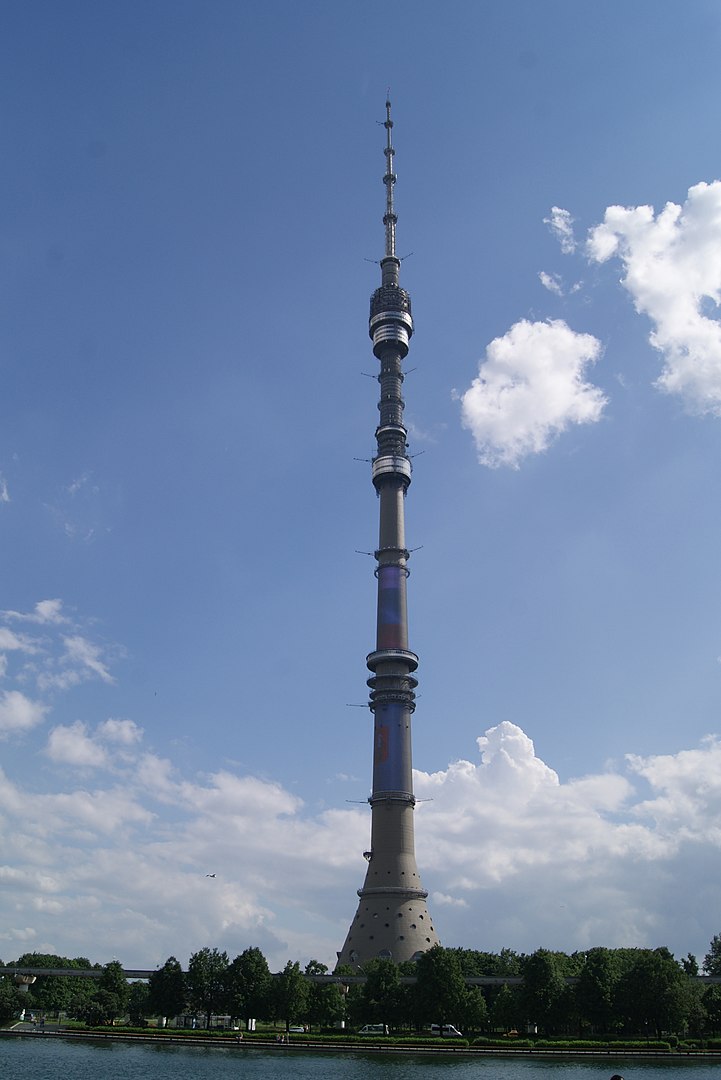
Presidium Building of Russian Academy of Science
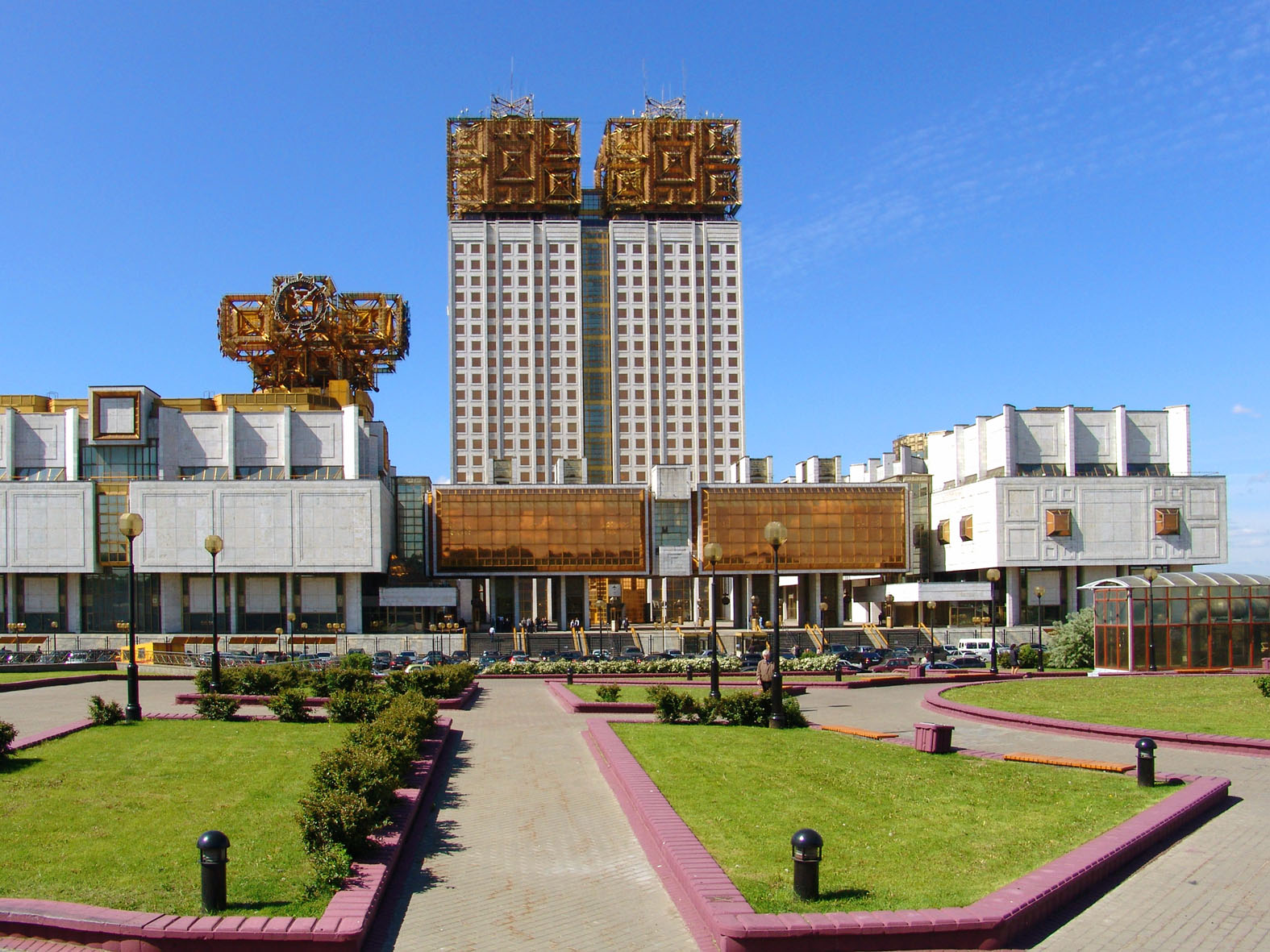
Rossiya Hotel
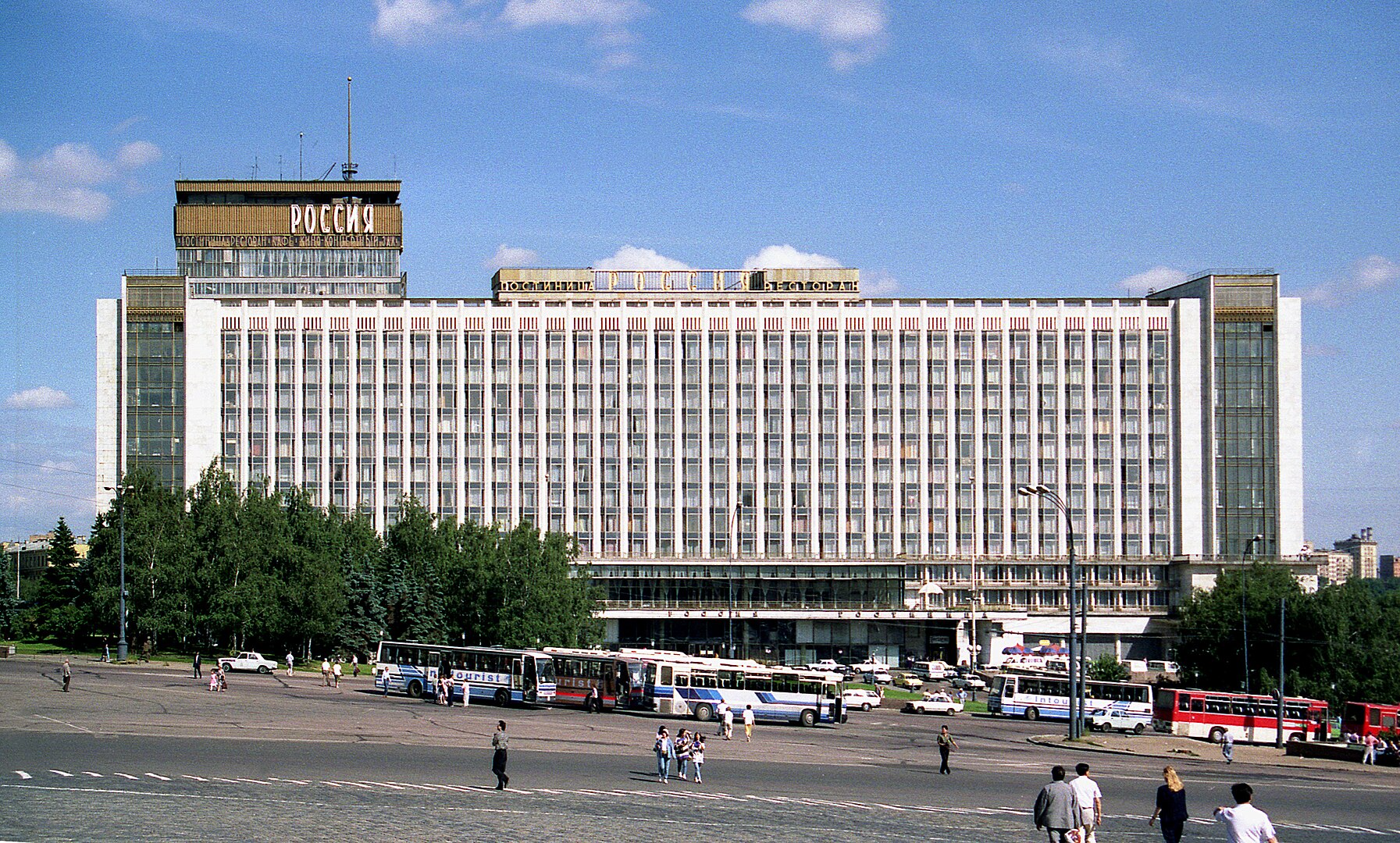
Typical Khrushchyovka in Nizhny Novgorod
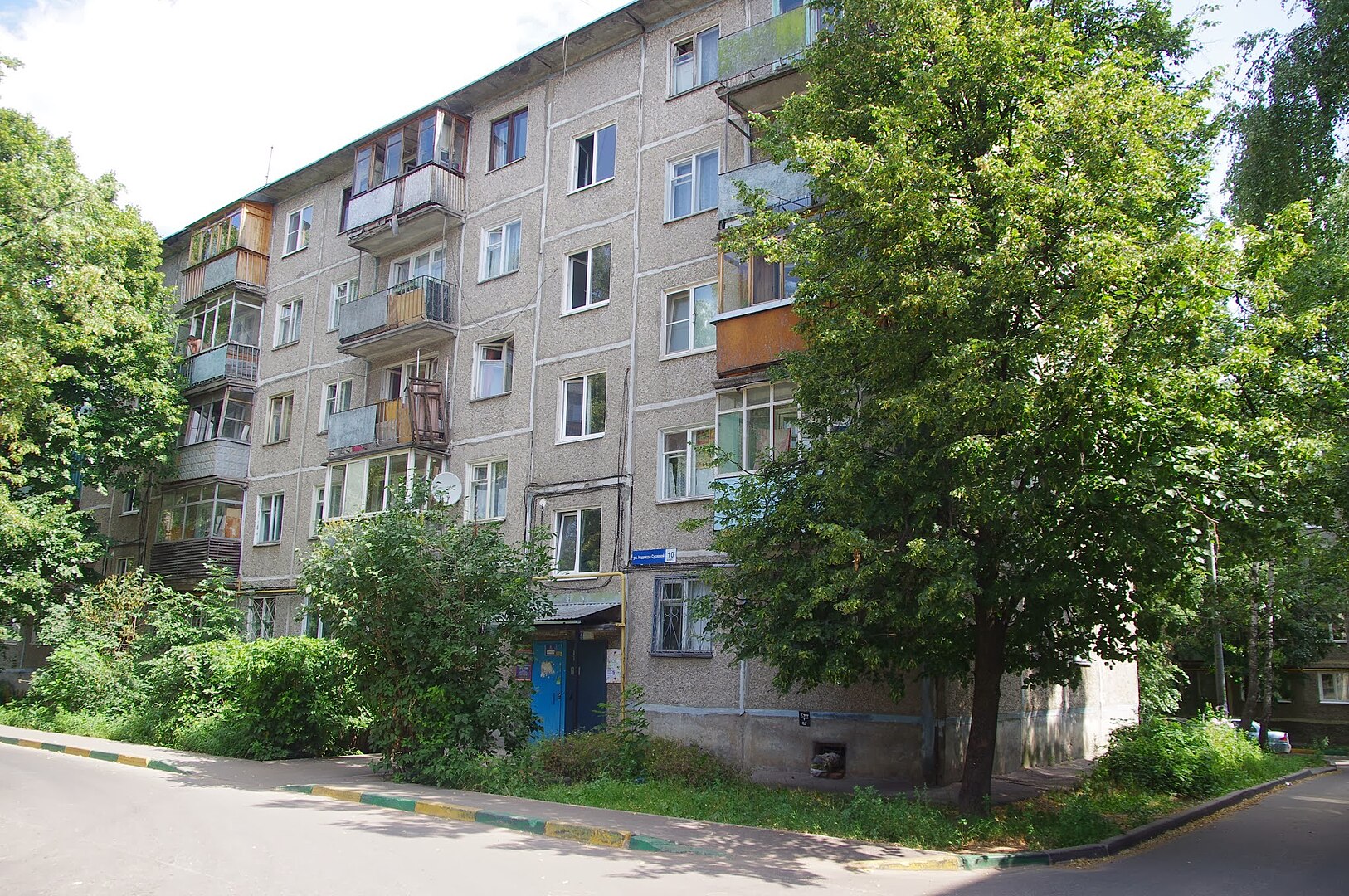
Unusual Round Shaped Plattenbau
Moscow
